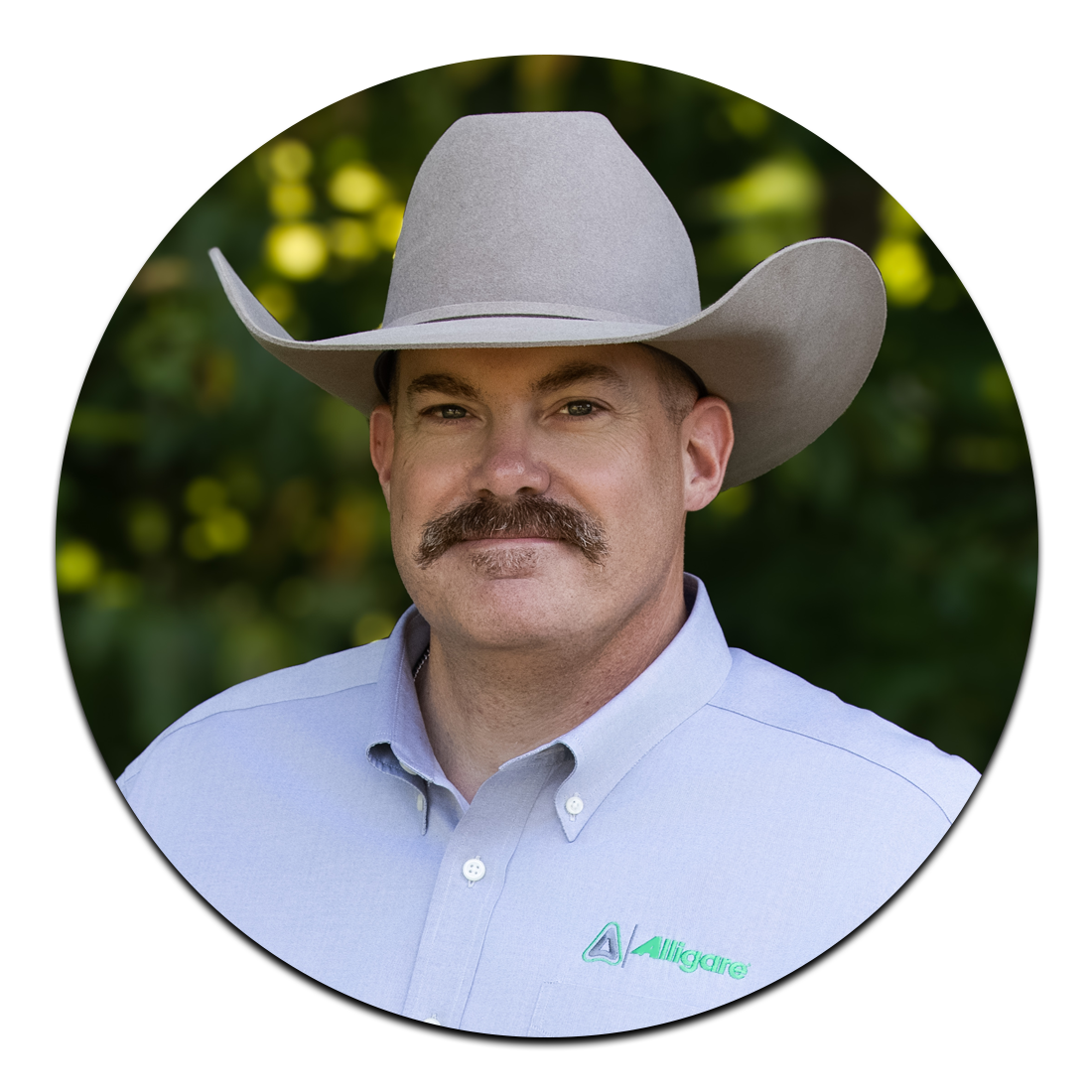When you talk to a rancher about spraying herbicides in the spring for weed reduction, and also treating in the fall for weed control, you sometimes get a confused look. Many do not realize the benefits of a fall herbicide application on grazing pastures.
What are the specifics and proper timing of fall application?
Fall is an optimal time to apply herbicides in grazing pastures due to the growth cycles of many pesky weeds.
This application is similar to a traditional spring or summer herbicide application; however, it consists of a more proactive approach to control certain weeds that are prone to appear in the spring. Applying herbicide in the fall allows for a better forage response in the spring, which gives your pastures the advantage of healthy forage during cattle turnout. This could easily reduce supplemental feeding expenses, encourage earlier pounds of gain, and even increase tonnage in your hay pastures.
The timing of a fall application is critical and requires quality management practices. Many fall applications are applied around the month of September. This timeframe is 30-40 days too early to control unwanted, springtime weeds. The proper timing for a true fall application is from late October until the first killing frost. For some in the south, this can be through the end of December.
This timing is critical for two reasons. First, our winter annual, biennial, and perennial weeds do not start germinating until mid-October. If we spray in September, we have missed the greater opportunity of control, therefore losing our full return on investment. Second, when spraying our pastures in the fall, we want to use a residual herbicide. The later we spray, the more we can maximize our residual time for controlling germinating weeds. If applying a non-residual herbicide, like Alligare's Grassmaster, it is beneficial to delay treatment until a large population of weeds is visible due to having no residual present to assist in later days. Remember, the longer you wait to spray, even up against a true-killing frost, the better your results will be in reducing the weed population for your spring grazing.
To ensure the best results, it's essential to carefully read and follow all herbicide label instructions.
Target Weeds to Monitor during Fall Application
Identifying the right weeds to target is key to a successful fall herbicide application. Winter annuals, biennials, and perennials are common culprits that can overtake grazing pastures if not controlled. These weeds tend to germinate in the fall and grow rapidly, making early intervention critical. During this period, weeds like buttercup, thistle, poison hemlock, henbit, deadnettle, teasel, and plantain are actively growing and more susceptible to herbicide absorption, making treatments more effective. Henbit and deadnettle are annual weeds that flower in February and become a nuisance by spring. With less than 50 percent mortality, spring herbicide application does not control winter annuals, biennials, and perennials with as much accuracy as other species. A fall application increases the opportunity for control to greater than 75 percent, making a difference in early forage green-up and return on investment.
Reducing the percent population of winter weeds increases forage growth, mass, and grazing days. Fall herbicide application provides these results as troublesome weeds are reduced.
Monitoring for specific winter weeds will help you effectively time your herbicide application. Regular scouting and early detection will allow you to tackle infestations before they become unmanageable, ensuring a healthier pasture come spring.
Choose the Right Herbicides for Fall Application
The appropriate herbicide selection for fall application involves understanding the specific weeds present in your pasture and their growth stages. For weeds we have discussed, herbicides such as Gunslinger AMP, Gunslinger P+D, Prescott, and Whetstone are the most effective. These herbicides are designed to target broadleaf weeds and provide residual control when applied correctly. You can also add Gunslinger AMP into your dry fertilizer or pelleted lime for a one-pass application giving you forage fertilization and residual weed control.
Consult your local Alligare Range & Pasture specialist for valuable insights into which herbicides are best suited for your particular situation and to discuss the timing for fall application. For more information about Alligare and our portfolio of Range & Pasture products, visit www.alligare.com.


